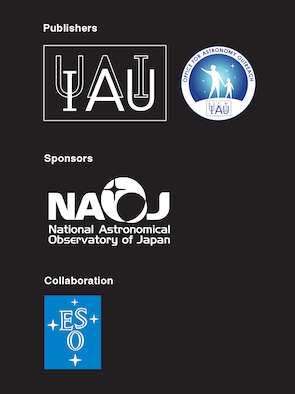
Download this article
- PDF (863 KB)
Back to the Table of Contents
|
Explained in 60 Seconds: Pro-Am (page 04)
Key Words
Written Communication, Case Study, Pro-Am
While professional astronomers are lucky enough to make a career out of their pas- sion, amateur astronomers enjoy observ- ing the night sky purely for the pleasure of seeing distant celestial objects. But there are amateur astronomers who want to take their hobby further — and profes- sional astronomers are now recognising how amateurs can help them with their research. This kind of cooperation between professional and amateur astronomers is referred to as a Pro-Am collaboration.
Good examples of Pro-Am projects are the long-term observational studies by amateurs that are too time-consuming for professional astronomers to even consider undertaking themselves. An alternative type of Pro-Am project involves amateurs working on their own initiative to make important observations and discoveries of, for example, supernovae, which are then followed up by professionals. For example,
in 2009 and 2010, amateur astronomers were the first to spot impacts on Jupiter, with their observations then pursued using professional telescopes.
The sudden surge in Pro-Am collabora- tions is partly due to the affordability nowa- days of cutting-edge equipment, like large (8-inch or more) telescopes and high-spec CCD cameras, which bring faint celestial objects firmly within the reach of amateurs.
Hopefully, in the future, the number of Pro-Am projects will continue to grow, as they are greatly beneficial to advancing our understanding of how the Universe works.
Text crowd-sourced with valuable inputs from Jean-Luc Dighaye (EurAstro) and Sarah Reed (ESO). A list of Pro-Am col- laborative projects in astronomy can be found on line: http://goo.gl/WzKL2
The Mono Lake Research area in central California (USA) has a central role in the most controversial science media story of 2010: NASA-supported researchers have announced the discovery of the first known microorganism on Earth able to thrive and reproduce using the toxic chemical arsenic. The microorganism, which lives in California’s Mono Lake, substitutes arsenic for phosphorus in the backbone of its DNA and other cellular components. However the scientific community, journalists and new media activists have been vocal in their opposition to the way NASA publicised the story and even the veracity of the findings. Maybe 2011 will shed some light on this controversial story. Credit: NASA 
|

